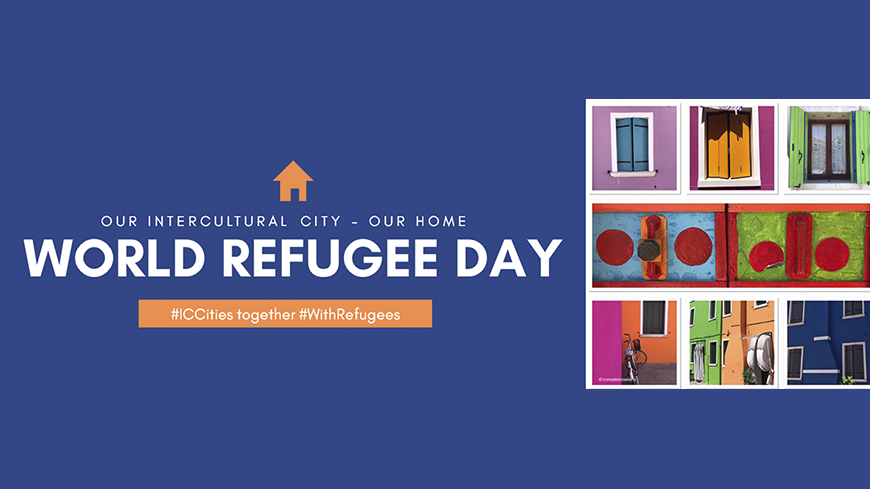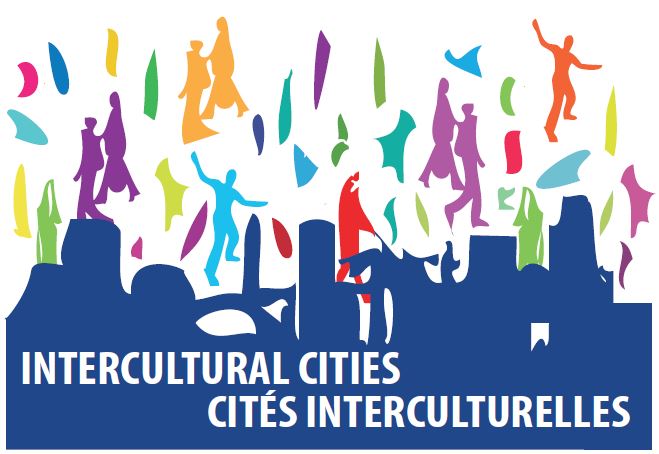Intercultural Cities and Refugees

While cities are often not part of formal asylum procedures, they play a significant role in welcoming refugees as most settle in urban regions in the hope of finding a sense of community, safety, and economic independence. Finding pragmatic solutions and co-designing policies as an investment in long-term inclusion of refugees is key for the local authorities to promote understanding within the public opinion, create openness to diversity, manage potential conflicts, ensure equality, and combat discrimination. Through successful welcoming the city can ensure refugees have the possibility to realise their aspirations and make a meaningful contribution to the local community.
In this sense, welcoming policies need to be thought and conceived from an intercultural perspective: a person with refugee status had to leave their home country because of a well-founded fear of being persecuted; they initiated a journey towards a place where to feel safe and welcome. For inclusion to happen, the city authorities need to adapt their governance and policies in a way that ensure real equality; they need to help citizens regard diversity positively; and they need to open up safe spaces for meaningful intercultural interaction to happen in the public space. By doing so, refugees will have the possibility to realise their aspirations and be empowered to make a meaningful contribution to the local community.
- Data collection for refugee reception at community level - Policy brief (2022)
- Long-term, sustainable housing solutions for the Intercultural City - Policy brief (2022)
- Reception of women and children refugees in Europe’s cities and regions (2022)
- Arrival of Refugees in Your City - To-Do List
- Rethinking welcoming policies from an intercultural perspective – Policy Brief (2022)
- Refugee policies for the intercultural city – Policy Brief (2017)
- Facilitators’ guide for welcoming sessions (2021)
- Welcome Guide Portugal incoming (+ Portuguese version) - January 2021
- Story map about ICC and Refugees
- Welcome to Tenerife – A welcoming guide to newcomers
ICC, OSCE-ODIHR, UNHCR and OECD join forces in support of Polish cities
Welcoming newcomers
People arriving in a city for an extended stay, whatever their circumstances (expats, migrant workers, spouses, refugees, unaccompanied minors, retired persons, etc.), are likely to find themselves disorientated. The less familiar they are with the new environment, the more support they will need to feel comfortable and confident enough to start building a new social and professional network. The way in which the city coordinates and effectively delivers various support measures strongly conditions their capacity to integrate or, conversely, their tendency to remain confined to a cultural “ghetto”.
The graph is based on selected indicators of the Intercultural Cities Index. For more information see the Facts and Figures, the ICC Index Charts as well as the individual Index Reports and Intercultural Profiles for each city.





